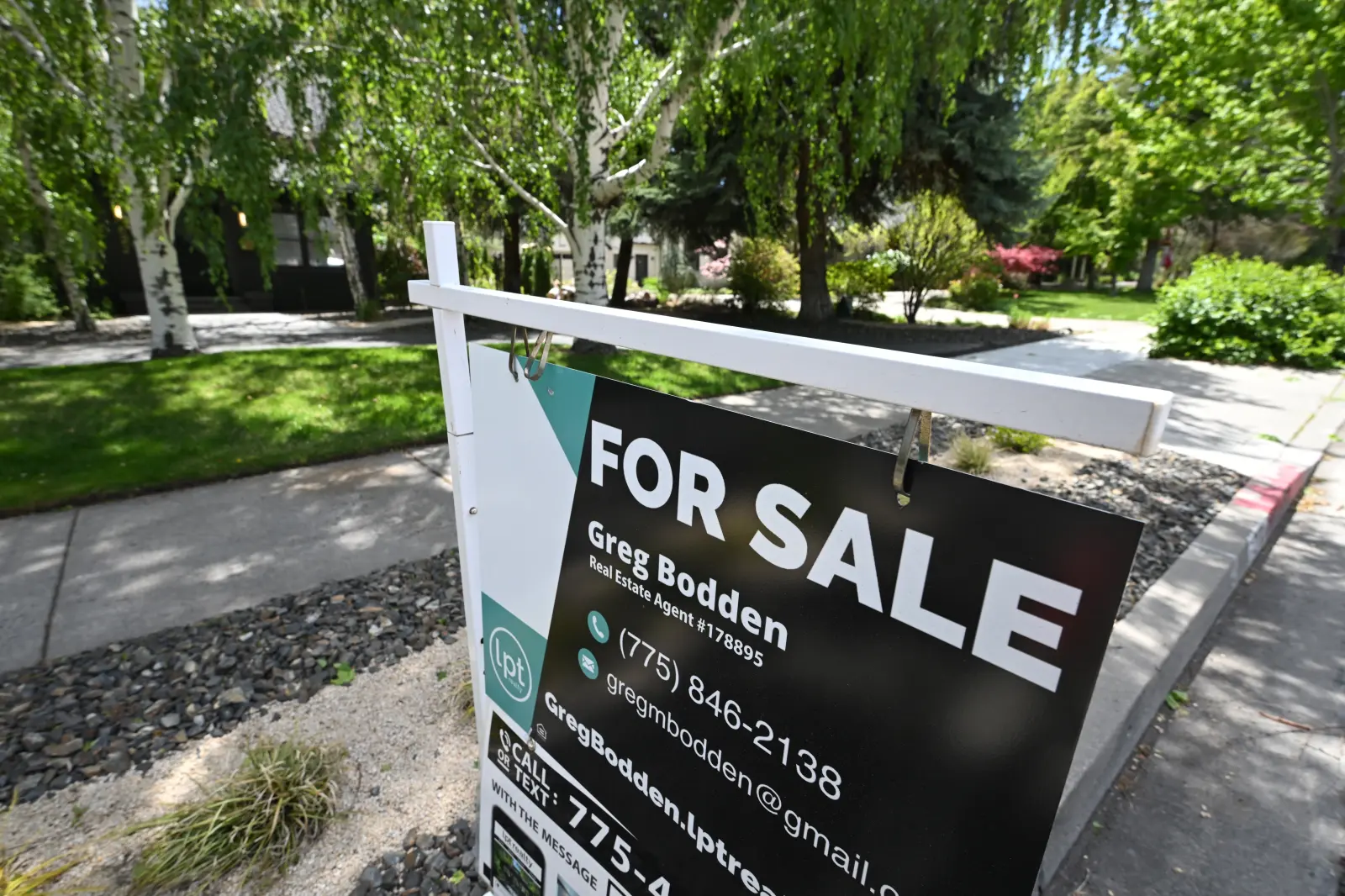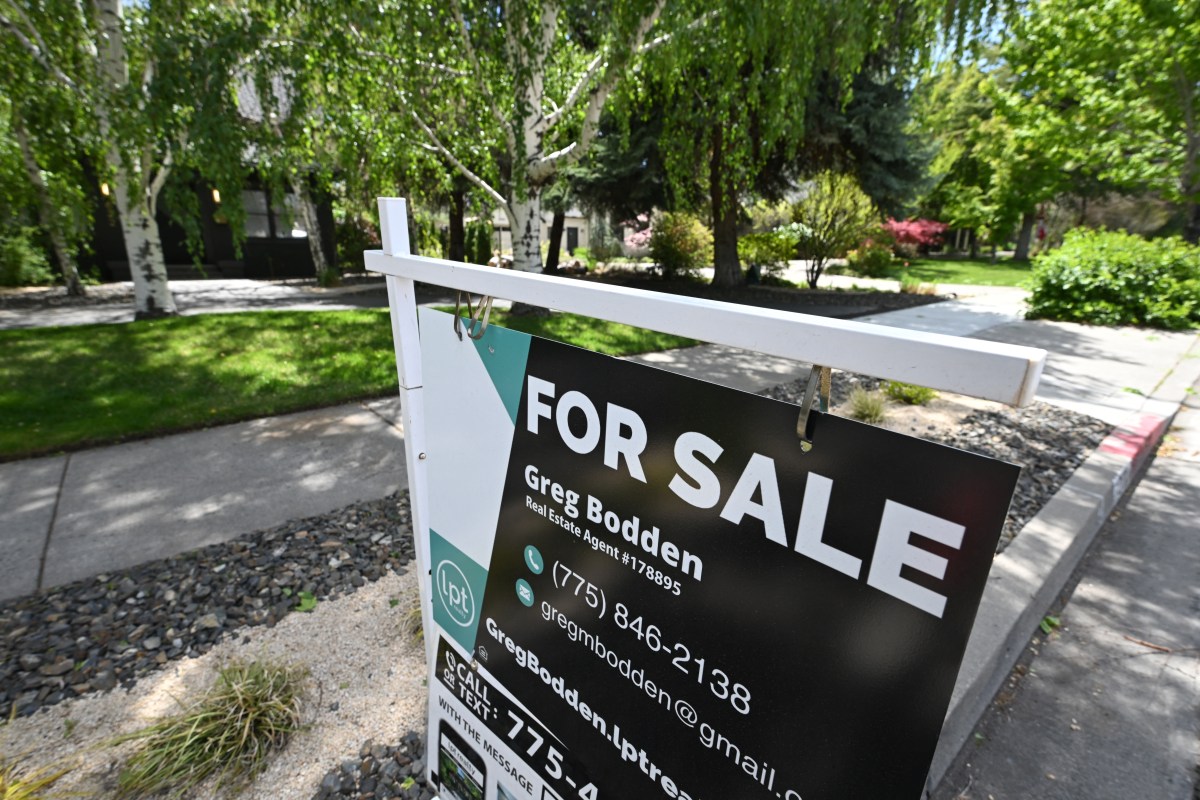The housing market gap between buyers and sellers is the largest it’s been since 2013, according to a new analysis from Redfin.
Home sellers outnumbered buyers by a record 36.8 percent in October, giving buyers who were in the market room to negotiate.
There was also a 1.7 percent drop to the lowest number of buyers on record since the start of the pandemic.
Experts talked to Newsweek about what this means for those looking to buy a home in the near future.
Why It Matters
The housing market has shifted dramatically since 2020, but today, housing affordability remains out of reach for many Americans.
If the housing market shifts more into a buyer’s market, there could be longstanding implications for real estate prices and larger relocation and cost-of-living across the country.
 What To Know
What To Know
Redfin said the U.S. has been in a buyer’s market since May 2024, with over 30 percent more sellers than buyers since April 2025.
Economists from the organization also estimate that the last time the U.S. had a stronger buyer’s market was in the years directly following the 2008 financial crisis.
The number of sellers has dropped 0.5 percent to the lowest level since February amid low buyer demand.
Alex Beene, a financial literacy instructor for the University of Tennessee at Martin, told Newsweek in part that “whether or not it’s truly a buyers’ market is more than likely dependent on what part of the country you’re looking to buy a home.”
The strongest buyer’s markets were found in Texas and Florida, while the strongest seller’s markets rested in the Tri-State area, according to Redfin.
Overall, there were an estimated 36.8 percent more home sellers than buyers in the U.S. housing market in October, the largest gap since 2013.
“There’s a shortage of both first-time buyers and repeat buyers because mortgage rates and home prices have gone up so much in recent years,” said Matt Purdy, a Redfin Premier real estate agent in the Denver area, in the report.
“At the same time, there are homeowners who need to sell because they have to relocate for a job or are getting divorced. Sellers want top dollar because they’re focused on recouping their investment, but buyers are focused on having a low monthly payment, so there’s this gap in expectations that’s making it hard for buyers and sellers to see eye to eye. Oftentimes the buyer ends up winning the negotiation because they have options—there are a lot of sellers who are desperate to make a deal happen.”
Michael Ryan, a finance expert and the founder of MichaelRyanMoney.com, called the characterization of the U.S. housing market as “misleading.”
“Numbers don’t lie. 37 percent more sellers than buyers in October. Largest gap since ’13. I get it. But this isn’t 2008. Back then, buyers had leverage and actual deals. Today, they’ve got negotiating power, minus the leverage,” Ryan told Newsweek.
“Here’s what’s actually happening: we’ve split into 2markets. All cash buyers? Running the show. Everyone else? Locked out. 1st time buyers hit their lowest share of the market since 1981. The housing market stopped being about shelter a decade ago.”
What People Are Saying
Alex Beene, a financial literacy instructor for the University of Tennessee at Martin, told Newsweek: “Over the past two years, the housing market has slowly begun to favor buyers more than sellers, thanks in large part to a combination of high prices and interest rates limiting the pool of those who can actually afford to make the purchase. At the same time, whether or not it’s truly a buyers’ market is more than likely dependent on what part of the country you’re looking to buy a home. Some locations have steadily started to slide on pricing, while others are maintaining the higher values they achieved during the pandemic era. Buyers definitely are starting to see a more accommodating environment, but just how accommodating depends on where they’re looking.”
Nationwide title and escrow expert Alan Chang told Newsweek: “As interest rates dropped a bit, buying power has increased slightly for perspective homebuyers. As we enter fall, the real estate market tends to slow down a bit so transactional volume drops a bit. Sellers in many areas of the country have realized that 3-5% annual price growth is more realistic vs. the double digits that many experienced in the prior few years. The housing market has come to a more healthy plateau rather than the unsustainable upward growth trend.”
Kevin Thompson, the CEO of 9i Capital Group and the host of the 9innings podcast, told Newsweek: “We’re in a long-term housing standstill. Older homeowners may move down after sitting on massive amounts of equity, which allows them to buy smaller homes outright. The higher end of the market will continue to handle these elevated prices. Everyone else will be pushed out.”
“This distortion will only grow over time, forcing lower-income buyers into renting while the upper tier keeps building equity. The K-shaped economy is going to keep moving forward, and eventually it becomes a capital ‘K.’”
What Happens Next
Some more overvalued markets across the country may see a slight drop in appreciation, but this is just the normalization of values, Chang told Newsweek.
“High demand areas will still see valuation growth, but affordability is improving now and may continue to for the next one to three quarters, unless the economy takes a different turn,” Chang said.

